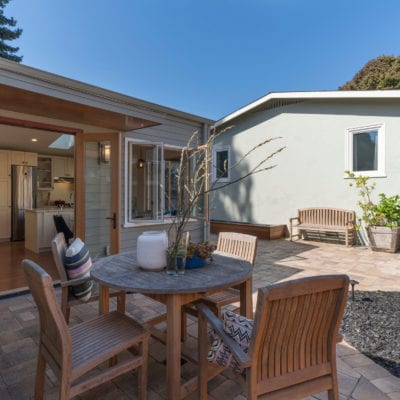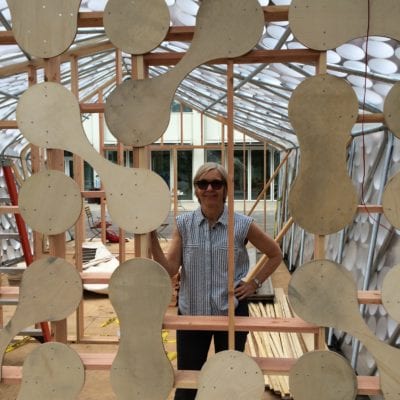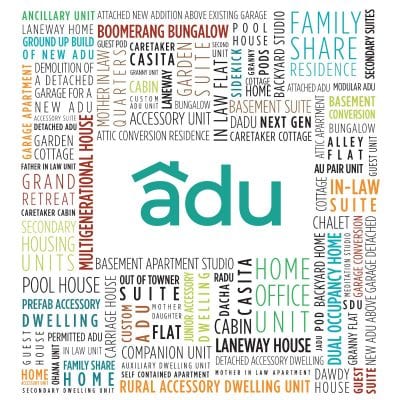Renovation Loan
What it is: A renovation loan allows homeowners to get a loan for their property; have work done, such as constructing an accessory dwelling unit; and then have the property appraised at the end when the work is complete. This type of loan uses future value on which to base maximum loan amounts, with lenders calculating loan-to-value ratios, according to Traci Stier, a Santa Ana-based mortgage broker for Arbor Financial.
Traditionally, a renovation loan gives prospective homeowners a way to have sufficient capital for properties in need of serious repairs before they can be habitable. With the California State Legislature having passed several laws in recent years to make accessory dwelling units legal to build around the state, renovation loans could become more common for ADUs too.
“The renovation loans have been around forever, but it really has not been a popular product, I would say,” said Robert Huibers, San Mateo County branch manager for Movement Mortgage. “But it is becoming more and more of a popular product.”
Advantages
Particularly in the current, hyper-competitive housing market, sometimes purchasing a fixer-upper is a way in the (literal) door. But not every new homeowner is going to have the knowledge to be able to do all of the repairs themselves or have the tens, if not hundreds of thousands, of dollars sitting in the bank to be able to hire a skilled tradesperson.
The same thing goes with purchasing a property and wanting to turn an old, dilapidated garage into an ADU or perhaps to add an in-law suite or granny flat in one’s new backyard. With ADUs often costing $50,000 to $100,000 or more to construct, renovation loans can be a great way to secure the necessary funds to make it happen.
Stier notes that renovation loans can be a good option for people who maybe haven’t owned their home long enough to have sufficient equity to do a cash-out refinance.
In a sense, renovation loans can also help to ensure quality work. Lenders care about how the work gets done, generally not releasing more funds at each stage until they are assured that quality work has occurred.
Disadvantages
Not every homeowner will want to jump through all of the hoops required to get money through each stage of the renovation loan process. Homeowners need to do what they say they’re going to do with this work, according to Stier. And that’s maybe not for everyone.
Interest rates can also be slightly higher on renovation loans. While 30-year mortgage rates have been around or below three percent for months, Huibers said renovation loan rates can be as high as three percent and even into the low four percent range “just because it’s a higher-risk loan.” Huibers notes that lenders feel as though they must charge a premium due to added risk.
It can also sometimes be tricky with renovation loans to build ADUs to stay within U.S. Federal Housing Administration mortgage limits, which can vary around different parts of the country.






